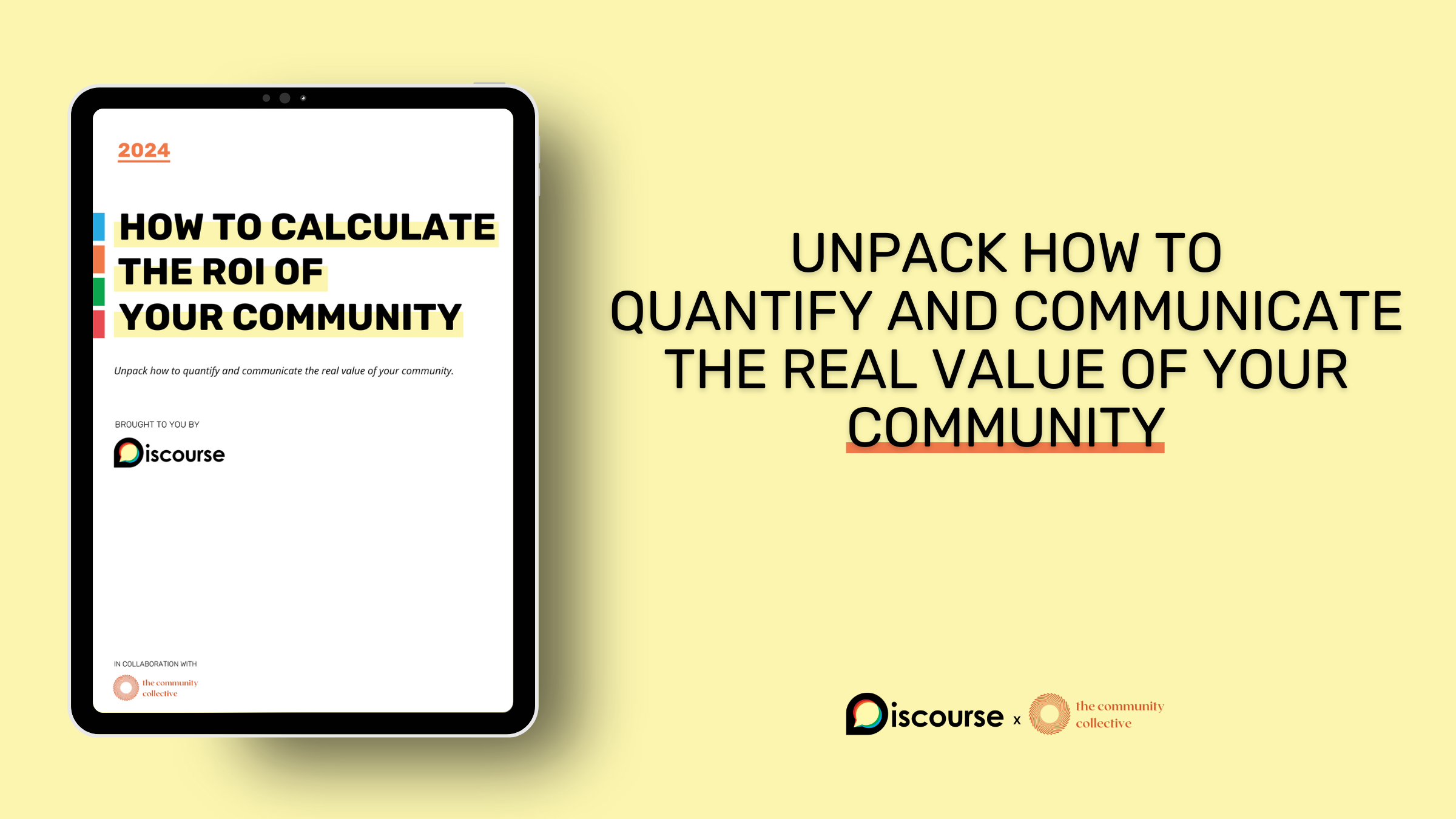A guide to selecting the right metrics for your community

How do you know if your community is having a positive effect on the broader organization it represents? Where do you turn when you have to defend the existence of your community? Metrics. They tell the story of your community’s impact.
If you are unsure where to begin, identifying the metrics that matter most is the first step in the journey. We’re here to help you navigate the path forward.
The Importance
Selecting the right metrics is crucial for a clear understanding of your community's health, progress, and overall impact.
Staying aligned with your goals, evaluating your strategies and course correcting where necessary starts by identifying meaningful metrics.
How to Select the Right Metrics
When selecting the appropriate metrics, we need to consider both the direction of the business and the community itself. And remember, selecting the right metrics will be different for everyone, so ensure you select these based on your own situation.
Here’s a step-by-step approach to help you on your way:
1. Align with Business Objectives
"Aligning community metrics with broader business goals is crucial," according to Margaux Miller, a community builder who has worked at companies like Toptal. Start by understanding the direction of the business and the role the community plays within that. Look at your company’s key objectives—are they tied to revenue, retention, customer satisfaction, or something else? Select metrics that directly support these goals. For example, if the business prioritises customer retention, focus on metrics such as active member participation, peer to peer support, and Customer Satisfaction(CSAT) survey results.
2. Clarify Your Community’s Purpose
Now you know what the business needs from a community, you need to explore what your members need from the community. How does it serve its members? High satisfaction scores can only come from satisfied community members. Once you have established that then you can build a bridge between what the business needs and what the community needs. Are your members primarily coming to your community to have their questions answered? To learn about new initiatives the business or organization has planned?
When you understand why your community exists, what becomes clearer.
3. Evaluate What’s Measurable
Make sure you select metrics that you can actually measure effectively, and ideally have historical data for comparison. - Hawk, CEO at Discourse
Not all data points are easily accessible or meaningful. Choose metrics that you can measure accurately and consistently over time. Start by assessing the data your existing tools and platforms can provide. If a key metric is unavailable, determine if it’s worth investing in the tools or processes needed to track it—or find a reliable alternative instead.
4. Prioritise Quality Over Quantity
It can be tempting to track every available metric, but this often leads to overwhelm and diluted focus. Instead, select three to five high-impact metrics that provide the clearest picture of your community’s health and progress. By narrowing your focus, you’ll be able to dive deeper into the data that truly matters.
5. Revisit and Refine Regularly
Your community’s goals and priorities may evolve over time, so your metrics should, too. Schedule regular check-ins (e.g., monthly or quarterly) to evaluate the relevance of your metrics. Are they still aligned with your community’s purpose and business objectives? If not, adjust accordingly.
Final Thoughts
Choosing the right metrics is a game-changer, it’s about finding clarity amidst the noise and focusing on what truly matters. By aligning your metrics with your community's purpose and business goals, you’ll not only tell a powerful story but also drive meaningful results. Win-win!
Want to Dive Deeper?
For more insights into measuring ROI, download our free White Paper "How To Calculate the ROI of Your Community," created in collaboration with The Community Collective. This is an essential guide for anyone looking to quantify and communicate the real value of your community.

